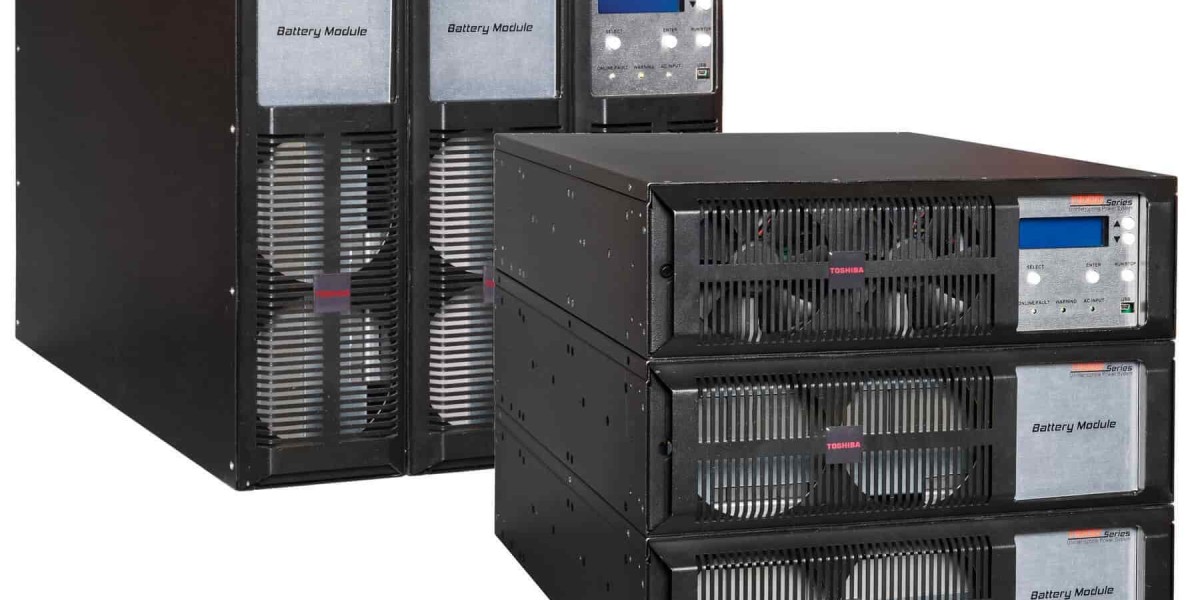What is a uninterruptible power supply?
A uninterruptible power supply or Rack Mount Uninterruptible Power Supply is an uninterruptible power supply (UPS) system designed to be installed in a standard 19-inch rack. It provides battery backup power to critical equipment in the event of a power failure or outage. Most uninterruptible power supply systems are designed to fit in 1U, 2U or 3U rack spaces and can power servers, network switches, routers and other devices installed in the same rack.
Types of uninterruptible power supply systems
There are generally two main types of uninterruptible power supply - online and line-interactive.
Online UPS
An online UPS has a double-conversion topology where the incoming AC power is first converted to DC through a rectifier and then converted back to AC of desired voltage and frequency for output through an inverter. The backup batteries are always connected to the inverter so it can provide clean and constant power to the loads continuously, even during power disturbances. Online UPS systems offer the highest level of power protection and are suitable for critical applications that require zero transfer time.
Line-interactive UPS
A line-interactive Rack Mount UPS features a simpler design compared to an online UPS. It works in standby mode when utility power is available and supplies battery power through a frequency-converter when the input voltage goes out of acceptable range. During a complete power failure, it switches to inverter mode to convert the battery power to usable output. Line-interactive UPS have a slightly longer transfer time compared to online UPS but are generally cheaper and more energy efficient.
Output power capacity and battery runtime
Rack Mount UPS systems are available with varying output power capacities ranging from 500VA to over 20kVA to suit the power needs of different loads. The backup power or battery runtime, which is the duration for which the UPS can provide power during an outage also varies from 5-30 minutes or more depending on the size of the internal battery pack or external battery cabinets. Larger UPS often support hot-swappable external battery packs to increase runtime.
Interface and connectivity options
Modern uninterruptible power supply come equipped with intelligent power modules (IPM) and network management cards (NMC) to provide monitoring and management capabilities through a network. Key interface and connectivity options include:
- LCD/LED display and control panel: For manual configuration and status monitoring.
- Dry contact interface: For shutdown signalling to remote devices during outages.
- Serial and USB ports: For local connectivity to configure and update firmware.
- Network ports (RJ45/Fiber): For remote monitoring/control over Ethernet/IP through web browser/software.
- Environmental sensors: Temperature/humidity sensors to monitor ambient conditions.
- External battery cabinets: For extended runtime by connecting external battery packs.
Monitoring and management software
Most uninterruptible power supply vendors provide cloud-based or on-premise software to centrally monitor and manage multiple UPS units distributed across network closets or data centers from a single console. Advanced software offers features like:
- Real-time device status, load level and alarms
- Historical log of outages, events and device health parameters
- Remote firmware upgrade
- Automated email/text alerts for failures and battery replacement reminders
- Configuring output load shedding schedules
- Integration with other infrastructure monitoring tools
- Capacity and performance reports
Applications in data centers
Rack Mount UPS have become a critical requirement in modern data centers and co-location facilities that house servers, storage and networking equipment in stacked racks. Their key advantages include:
- Provide reliable power backup during utility failures to prevent downtime of business applications.
- Save rack spacing as UPS occupies only 1-3U compared to tower models.
-Hot swappable components like batteries allows maintenance without powering down.
- Central monitoring of power health reduces Mean Time To Repair (MTTR) issues.
- Suitable for load shedding and redundant power architectures in large server farms.
Rack Mount UPS have become indispensable for medium to large scale data centers, co-location facilities and cloud infrastructure that require enterprise-grade power protection, space optimization and easy centralized manageability of multiple units. Their flexibility and high power density make them a preferred choice for critical applications with zero downtime requirements.
Get More Insights On Rack Mount UPS
About Author:
Ravina Pandya, Content Writer, has a strong foothold in the market research industry. She specializes in writing well-researched articles from different industries, including food and beverages, information and technology, healthcare, chemical and materials, etc. (https://www.linkedin.com/in/ravina-pandya-1a3984191)



